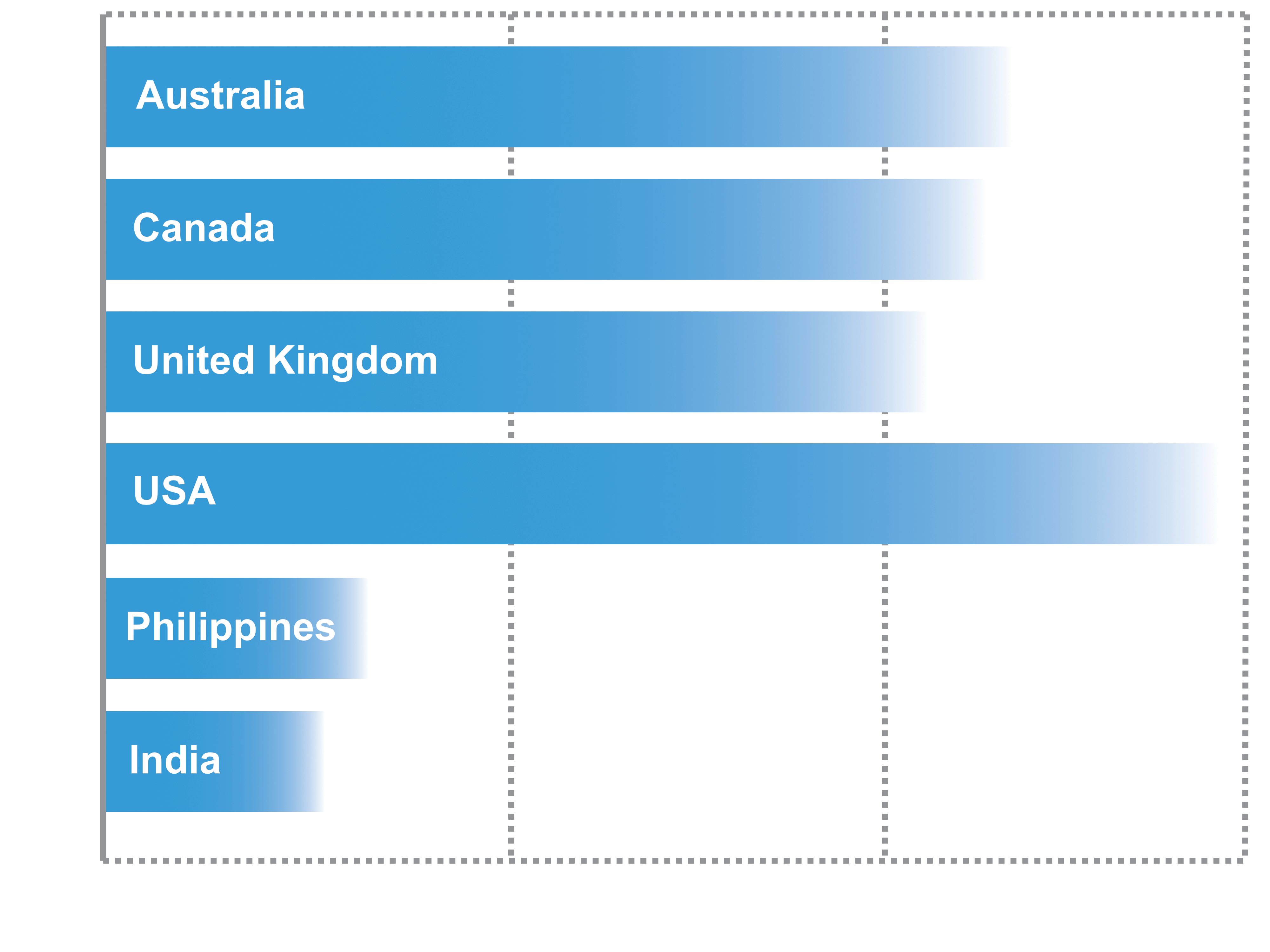
Running a successful business often involves balancing financial management with high-quality service. While staffing costs can form a significant portion of operating expenses, reducing them doesn’t have to mean compromising customer service. By implementing the right strategies, businesses can lower overhead while maintaining or even improving the quality of service they provide.
In this guide, we’ll explore various techniques that help reduce staffing costs while ensuring your business continues to deliver outstanding customer support. These proven methods allow businesses to streamline operations, boost employee productivity, and optimize resource allocation.
Top 10 Strategies to Cut Staffing Costs
1. Cross-Training Employees
Cross-training equips employees with multiple skill sets, allowing them to take on various roles when needed. This flexibility ensures that operational gaps are filled without the need to hire additional staff. By fostering a multi-skilled workforce, businesses can cover staffing needs more efficiently, ultimately cutting labor costs.
2. Optimizing Employee Schedules
Optimizing staff schedules is a critical step in reducing costs. Businesses should analyze patterns in customer traffic and adjust work hours accordingly to ensure that there are enough employees during peak times while scaling back during slower periods. Tailoring shifts not only improves efficiency but also helps employees achieve a better work-life balance, which can improve retention.
3. Embracing Automation
Automation is one of the most effective ways to reduce labor-intensive tasks without sacrificing quality. By automating repetitive processes like data entry, appointment scheduling, and customer inquiries, companies can streamline operations, improve service response times, and lower their staffing requirements. Automation tools allow staff to focus on more critical, value-driven tasks.
4. Outsourcing Non-Core Functions
Outsourcing administrative, technical, or other non-core functions to specialized third-party providers can significantly reduce staffing costs. This approach allows your core team to concentrate on tasks that directly contribute to the business’s growth while offloading time-consuming duties to external experts. Outsourcing can be particularly effective for handling customer service, payroll, IT support, and marketing efforts.
5. Incentivizing High Performance
Offering performance-based incentives can motivate employees to improve productivity, leading to better results without increasing headcount. When employees are rewarded for achieving goals, they tend to become more invested in the success of the company. This not only reduces the need to hire more staff but also increases overall team performance, cutting operational costs.
6. Improving Employee Retention
Employee turnover can be expensive, especially when factoring in recruitment, training, and onboarding. To reduce these costs, businesses should invest in retention strategies that keep their workforce engaged and satisfied. Offering career development opportunities, fostering a positive work environment, and maintaining open communication can help lower turnover rates and ensure service continuity.
7. Data-Driven Decision Making
Data analytics provide valuable insights into staffing needs, helping managers make more informed decisions about resource allocation. By tracking employee performance, customer demand, and service times, businesses can identify inefficiencies and optimize their workforce accordingly. Data-driven decisions help reduce excess labor and allocate resources where they’re needed most.
8. Implementing Lean Management
Lean management principles focus on eliminating waste and maximizing efficiency. By streamlining workflows, reducing unnecessary processes, and encouraging continuous improvement, businesses can ensure that staffing levels are optimized for productivity. Lean management practices help reduce overhead while maintaining a high standard of service delivery.
9. Enhancing Training and Onboarding Programs
An effective training program accelerates employee performance, reducing the time it takes for new hires to become fully competent. Well-trained employees can handle a wider range of tasks, minimizing the need for additional staff. Investing in thorough onboarding and ongoing training also boosts employee confidence, leading to better service quality.
10. Focusing on Customer-Centric Cost Reduction
Cost-cutting measures should always align with customer needs. When implementing strategies to reduce staffing expenses, businesses must ensure that service with customer satisfaction is not compromised. Reducing staffing costs without negatively affecting the customer experience is the key to sustaining long-term business growth.
Benefits of Cut Staffing Costs Without Sacrificing Service Quality
Increased Profit Margins
Cutting unnecessary labor costs directly impacts your bottom line. By reducing staff expenses, businesses can increase profitability and redirect resources toward other growth initiatives, such as marketing or product development.
Enhanced Employee Morale
When employees are cross-trained and given opportunities to advance, their engagement and satisfaction increase. Happy employees are more productive and loyal, which reduces turnover and keeps operational costs low.
Optimized Resource Allocation
Reducing staff doesn’t mean doing less; it means doing more with fewer resources. By optimizing your workforce and leveraging tools like automation and outsourcing, you can maintain high service standards while reducing costs.
Sustained Service Quality
The right cost-cutting strategies focus on efficiency, ensuring that customer service remains unaffected. Businesses that streamline processes, invest in training, and utilize technology effectively can maintain a high level of service while spending less on staffing.
Conclusion
Cutting staffing costs without sacrificing service quality is achievable with the right approach. Cross-training, outsourcing, lean management, and automation are just some of the strategies businesses can employ to optimize their workforce while ensuring exceptional customer experiences Hort-term savings achieved by indiscriminately cutting staff can harm the business in the long run, so it's essential to adopt strategies that preserve service quality.
Ultimately, the goal is to reduce expenses while keeping employees engaged and customers satisfied.
Compute potential savings for your remote staff and virtual team member
Build Your Global Team and Save up to 70% on Labor Cost.
Recent Articles
About Outsource Calculator
Outsource Calculator helps boost your profits, increases quality and efficiency, and allows your business to scale quickly without expensive overhead.
Empowering
Get a FREE Quote & Save 70% on Labor costs!
The Outsource Calculator estimates the savings from outsourced staffing solutions compared to hiring locally, which is intended for informational purposes only. It provides approximate pricing only may not be accurate and should only be used as a guide and is not an official quote. You should not make any decisions based simply on the information provided. Outsource Calculator pricing is based on the typical employee salaries for each role, including all employee payroll taxes, government-mandated employee costs, employee technology required, office space, hardware costs, IT support, recruiting, training, onboarding, and all HR functions which provide a more accurate comparison with the outsourced staffing compared to local hiring.
United States
United Kingdom
Australia
Canada
Europe
Copyright © 2025 OutsourceCalculator.com All rights reserved. Privacy Policy Terms of Use




